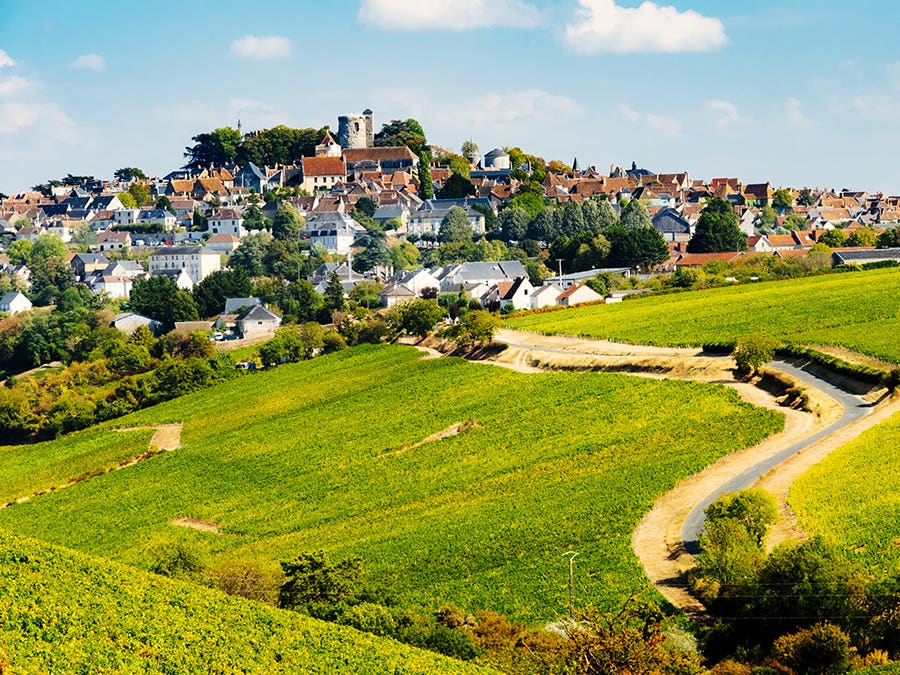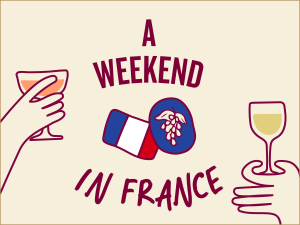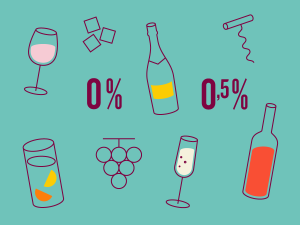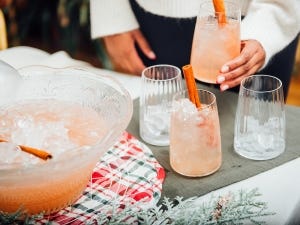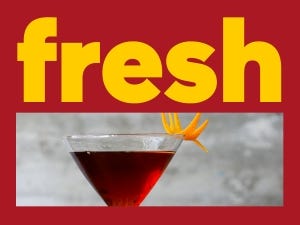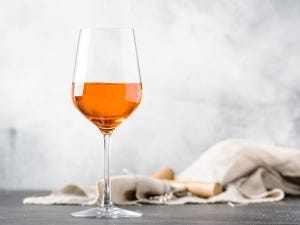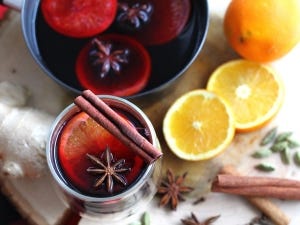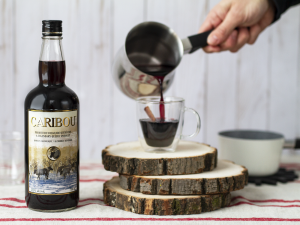From Center-Loire to world renown
Located on the left bank of the Loire, the longest river in France, a small village perched on a limestone peak would see the birth of the archetype of Sauvignon Blanc: Sancerre. Although vines have been cultivated there for more than 2000 years, it was not until the end of the 19th century that its reputation really took off. Its destiny was not shaped without problems, but the region was able to distinguish itself among the first appellations recognized by the INAO in 1936, alongside the famous Chablis and Châteauneuf-du-Pape. A prestigious status, of course!
Sancerre: Once a red wine vineyard
It's hard to believe that Sancerre was once a predominantly red wine area. This was its main vocation before the upheavals caused by the phylloxera crisis, which required the uprooting of many vines. But, as the saying goes, something good always comes from something bad. The replanting then focused on Sauvignon Blanc, a grape variety which had already been met with incomparable success in this environment, where it expressed itself with charm and conviction.
Sauvignon Blanc: Vibrant and bright
An aromatic variety cultivated worldwide, Sauvignon Blanc achieves a unique expression in Sancerre, combining complexity and finesse. The region's temperate climate, with its moderate summers and mild winters, favours perfect maturity, giving fresh wines with aromas combining citrus notes with a herbaceous touch, but also white flowers and sometimes passion fruit. The liveliness and minerality, a result of the natural balance between acidity and aromatic maturity, make it a remarkable and distinctive wine that everyone dreams of imitating.


The geological treasure of Sancerre, a terroir like no other
What shapes great wines also lies in the setting where the vines flourish. A true treasure, the Sancerre terroir is based on three main substrates: Kimmeridgian marls, rich in marine fossils similar to those of Chablis, sit alongside limestone stones and flint. This geological diversity gives the vineyard a unique personality and makes it possible to offer a range of profiles, where each cuvée becomes a unique discovery.
Perfect table mates
The white wines of Sancerre shine with their incredible versatility at the table. If they go naturally with the essential goat cheese, they also enhance seafood, fish and, of course, oysters. For a more audacious experience, dare to pair them with Thai or Japanese dishes: their liveliness and refined aromas harmonize wonderfully with the tangy and spicy flavours of these cuisines. Finally, don’t hesitate to pair them with green vegetables, a natural echo of the organoleptic profile of this grape variety.


The Centre-Loire to savour: Make way for reds and rosé
If white reigns supreme in Sancerre (representing 4 out of 5 bottles), Pinot Noir also finds beautiful expression there, giving way to rosé and red wines of great finesse. The first, light and invigorating, go wonderfully with summer dishes such as mixed salads, grilled vegetables or white meats. As for the reds, elegant, subtle and rarely woody, they offer tasty pairings with roast poultry, delicate mushroom dishes or even fine charcuteries.
For even more inspiration, turn to our list of recipes to pair with these exceptional wines.
[1] Phylloxera, an insect of American origin, ravaged European vineyards from the 1860s, causing their deformation and death. Around three-quarters of European vineyards were affected. Grafting new vines onto aphid-resistant rootstocks was the saving solution.
 Access to SAQ Inspire personalized services and store inventories are unavailable at the moment.
Access to SAQ Inspire personalized services and store inventories are unavailable at the moment. Free in-store delivery with purchases of $75+ in an estimated 3 to 5 business days.
Free in-store delivery with purchases of $75+ in an estimated 3 to 5 business days. 
